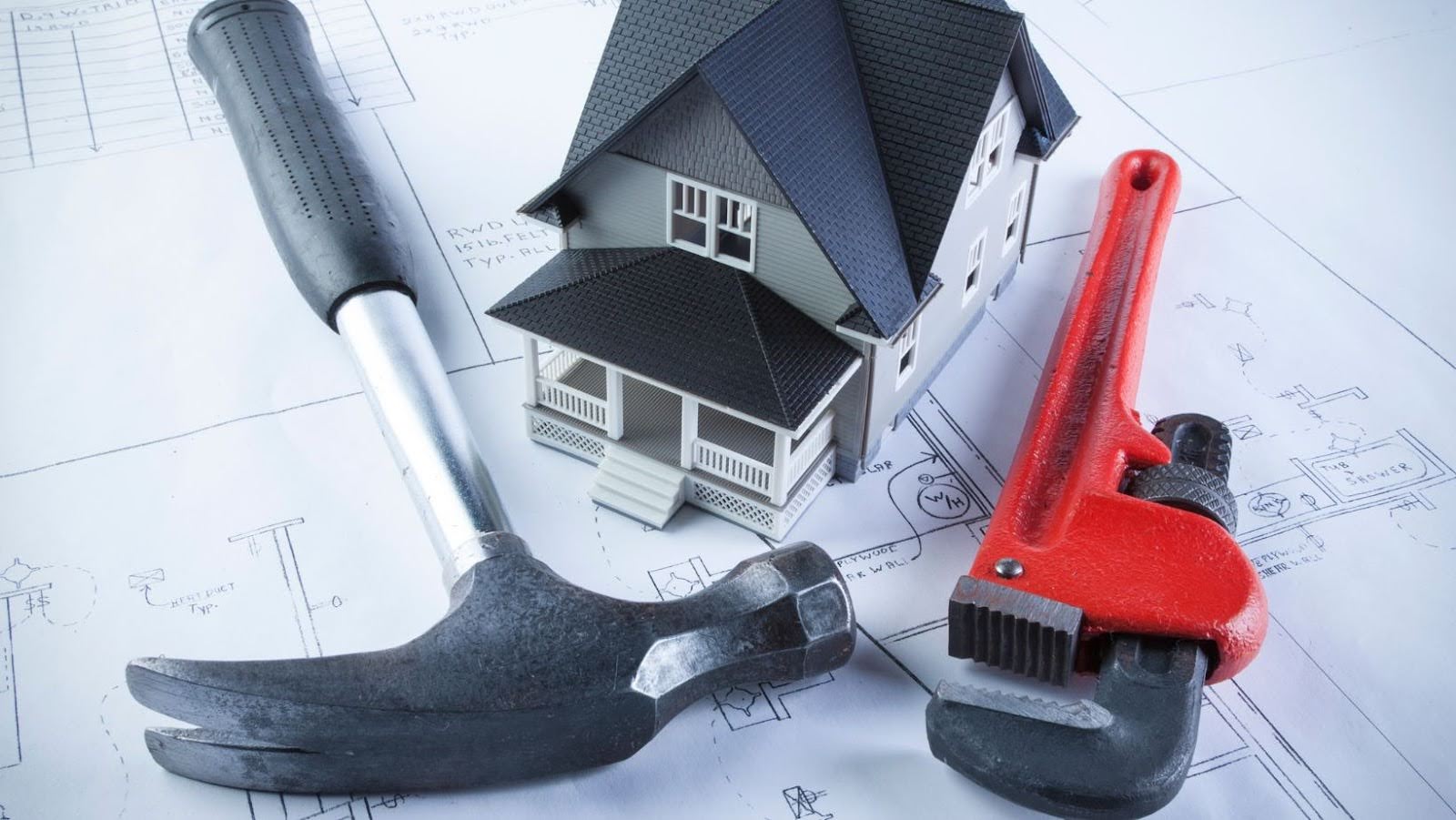Managing a mortgage while planning home repairs can be daunting. Understanding the nuances of both processes is essential for a smooth experience. This guide will help you navigate these complexities with ease.
Embarking on home repairs while dealing with mortgage lending can feel like juggling two significant financial undertakings simultaneously. However, with the right information and approach, you can make informed decisions that benefit your financial health and enhance your home. This article aims to provide practical insights into managing these tasks efficiently.
Understanding Mortgage Lending Basics
Before diving into the details of planning home repairs, it is crucial to grasp the fundamentals of mortgage lending. Mortgages are long-term loans used to purchase property, and they require careful consideration of interest rates, loan terms, and repayment plans. Understanding these elements can help you choose a mortgage that aligns with your financial goals.
When applying for a mortgage, lenders assess your credit score, income stability, and debt-to-income ratio. These factors determine your loan eligibility and interest rates. Maintaining a good credit score by paying bills on time and reducing debt can improve your chances of securing favorable terms.
Various Types of Mortgages
Another important aspect of mortgage lending is understanding the different types of mortgages available. Fixed-rate mortgages offer predictable monthly payments, as the interest rate remains constant throughout the loan term. Adjustable-rate mortgages (ARMs) have interest rates that can fluctuate based on market conditions, potentially resulting in lower initial payments but with the risk of increased costs over time. Familiarizing yourself with these options can help you make an informed decision that aligns with your long-term financial goals and risk tolerance. For more information about USDA home loans, click here and learn what’s there for you.
Planning for Home Repairs
Once you understand your mortgage situation, it’s time to plan for home repairs. Prioritize repairs based on urgency and their impact on your home’s value and safety. Allocating a budget for these repairs is essential to avoid financial strain during the process.
Start by creating a detailed list of necessary repairs and categorizing them into immediate needs and long-term projects. Consult professionals for accurate estimates and timelines for each task. This step will help you allocate funds appropriately and prevent unexpected expenses from derailing your budget.
When planning for home repairs, it’s also essential to consider the potential return on investment (ROI). Some repairs, such as updating the kitchen or bathroom, can significantly increase your home’s value, making them worthwhile investments. Other repairs, like fixing a leaky roof or replacing outdated electrical systems, may not increase value but are crucial for maintaining your home’s safety and integrity. Balancing these priorities can help you make informed decisions when allocating repair funds.
Navigating Financing Options
Exploring various financing options is crucial if your home repairs require significant funding. Home equity loans, personal loans, or refinancing your existing mortgage are viable solutions to consider. Each option has its advantages and drawbacks, so comparing interest rates, repayment terms, and potential fees is essential.
Home equity loans offer lower interest rates than personal loans but require using your home as collateral. Refinancing your mortgage can provide funds for repairs but might extend your loan term or increase monthly payments. Carefully weigh these factors to choose the best financing method for your situation.
Balancing Mortgage Payments and Repair Costs
Successfully managing both mortgage payments and repair costs requires strategic budgeting. Set aside a portion of your monthly income for unexpected repair expenses to avoid dipping into funds allocated for mortgage payments. This proactive approach ensures you maintain financial stability even when unexpected repair costs arise.
Consider creating an emergency fund specifically for home repairs. This fund can serve as a buffer, preventing you from resorting to high-interest credit cards or loans in times of need. Additionally, regularly review your budget to identify areas where you can cut costs and allocate more funds toward mortgage payments and repairs.




More Stories
Planning To Order Semi-Custom Cabinets for the Kitchen? Measure Your Space First
The Complete Guide to Restoring a Chair
Stunning HVAC Systems for High-Altitude Climates